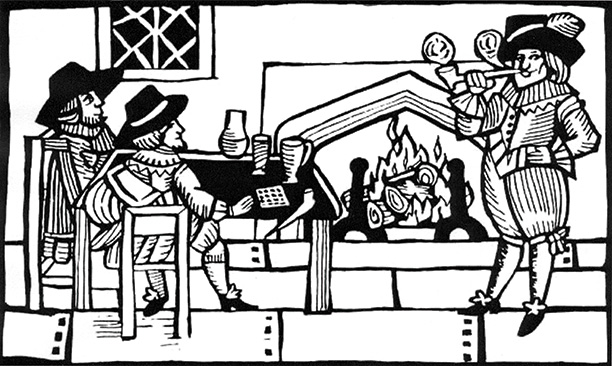Between Plague and Fire
A new project to analyse the Hearth Tax returns of early modern London and Middlesex offers a revealing portrait of a growing but divided city in the midst of cataclysmic crises. Vanessa Harding explains.
 In the spring of 1666 Londoners may well have felt that nothing was certain in their world except death and taxes. The previous year the worst plague epidemic in living memory had killed nearly 70,000 of the capital’s inhabitants. The total of weekly deaths had fallen steeply by the end of 1665, but half the capital’s parishes were still ‘infected’ and reporting plague fatalities in late December. Work to rehabilitate the city’s overfilled graveyards was ongoing and parishes and other institutions were struggling to put their records into order, following the deaths or desertions of office holders. Most citizens had returned, but business had not fully picked up and many merchants had suffered losses from the long quarantine on the movement of trade goods. However the requirements of the state could not be postponed.
In the spring of 1666 Londoners may well have felt that nothing was certain in their world except death and taxes. The previous year the worst plague epidemic in living memory had killed nearly 70,000 of the capital’s inhabitants. The total of weekly deaths had fallen steeply by the end of 1665, but half the capital’s parishes were still ‘infected’ and reporting plague fatalities in late December. Work to rehabilitate the city’s overfilled graveyards was ongoing and parishes and other institutions were struggling to put their records into order, following the deaths or desertions of office holders. Most citizens had returned, but business had not fully picked up and many merchants had suffered losses from the long quarantine on the movement of trade goods. However the requirements of the state could not be postponed.





